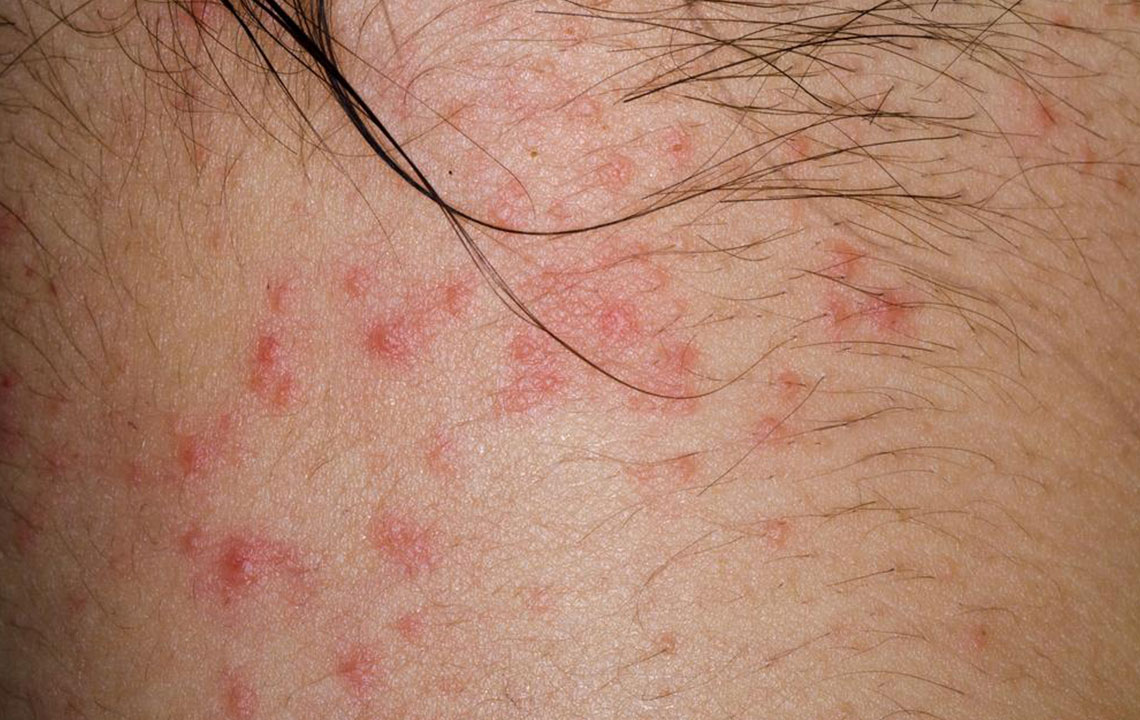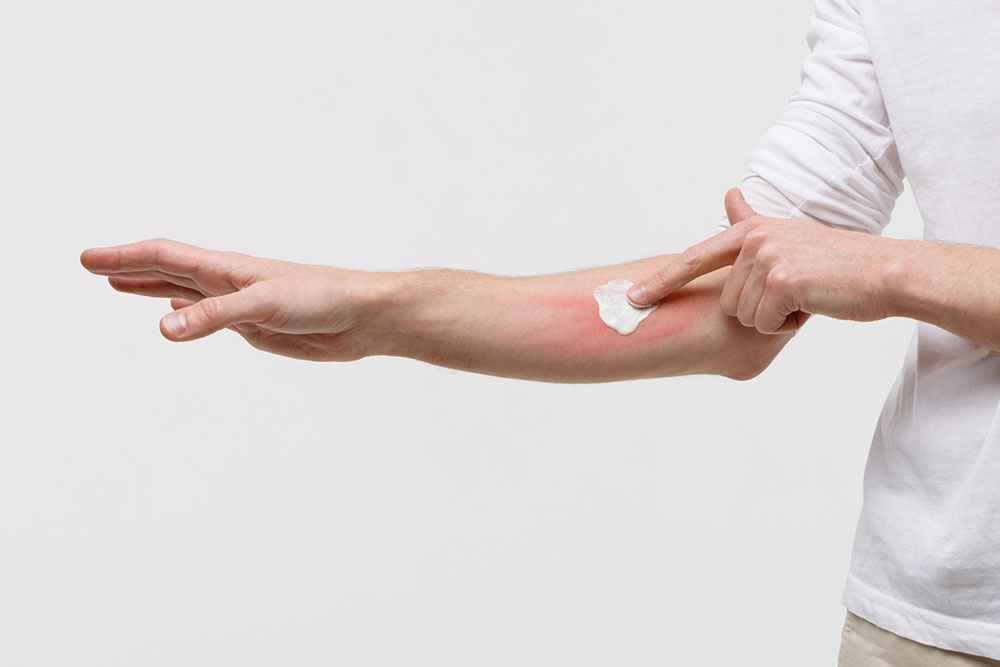Comprehensive Guide to Atopic Dermatitis: Symptoms, Causes, and Advanced Treatment Options
This comprehensive guide explores atopic dermatitis, covering its symptoms, causes, and modern treatment strategies. Learn how to identify signs early, understand triggers, and manage the condition effectively with lifestyle changes and medical therapies to improve quality of life. Suitable for those seeking in-depth information on eczema management.

Comprehensive Guide to Atopic Dermatitis: Symptoms, Causes, and Advanced Treatment Options
Atopic dermatitis, commonly known as eczema, is a chronic inflammatory skin disorder that predominantly manifests during childhood, although it can affect individuals of all ages. This condition is characterized by a persistent and often relapsing course, leading to significant discomfort and impact on quality of life. Understanding the intricacies of atopic dermatitis—its symptoms, underlying causes, and the latest treatment strategies—is crucial for effective management and relief.
Recognizing the Symptoms of Atopic Dermatitis
The clinical presentation of atopic dermatitis can vary widely among individuals, but certain hallmark signs help in diagnosis. Most notably, affected skin becomes dry, itchy, and flaky. Patients often experience intense itching that can disturb sleep and daily activities. Scratching frequently results in skin damage, including cracks and bleeding, which exposes the skin to secondary infections. The condition frequently targets skin folds such as the neck, elbows, wrists, behind the knees, and around the eyes, areas where skin is particularly delicate and prone to irritation. Over time, the skin can become thickened and leathery—a process known as lichenification—especially in longstanding cases. Recognizing these symptoms early is vital for timely intervention to prevent complications and improve patient comfort.
What Causes Atopic Dermatitis?
Despite extensive research, the exact cause of atopic dermatitis remains elusive. It is widely believed to be a complex interplay between genetic predisposition and environmental factors. Individuals with a family history of allergies, asthma, or atopic dermatitis are at a higher risk of developing the condition. In these genetically susceptible individuals, the skin barrier function is often compromised, leading to increased sensitivity to irritants and allergens. Environmental triggers such as pollen, dust mites, pet dander, specific soaps, fragrances, harsh chemicals, and even certain foods can exacerbate symptoms. Climatic factors, including exposure to extreme heat or cold, low humidity, and pollution, also contribute to flare-ups.
Furthermore, emotional stress and psychological factors have been recognized to influence the severity of symptoms, although they are not direct causes. Importantly, atopic dermatitis is non-contagious; it cannot be transmitted through skin contact. However, secondary infections with bacteria, fungi, or viruses can complicate the condition and require targeted treatments.
Effective management of atopic dermatitis demands a comprehensive approach. Mild cases are often controlled with over-the-counter remedies, including moisturizers, antihistamines, and gentle skin care routines. For moderate to severe cases, prescription medications such as topical corticosteroids, calcineurin inhibitors, or biologic therapies may be necessary. It is also crucial to identify and minimize exposure to potential triggers—harsh soaps, scented products, allergens, and environmental irritants—to prevent flare-ups. Patients should adopt skin-friendly habits, such as avoiding over-washing, using lukewarm water, and applying emollients regularly to maintain skin hydration. In some cases, phototherapy or systemic medications may be recommended for persistent or severe inflammation. Empowering patients with knowledge and tailored treatment plans significantly enhances their quality of life and reduces disease burden.





